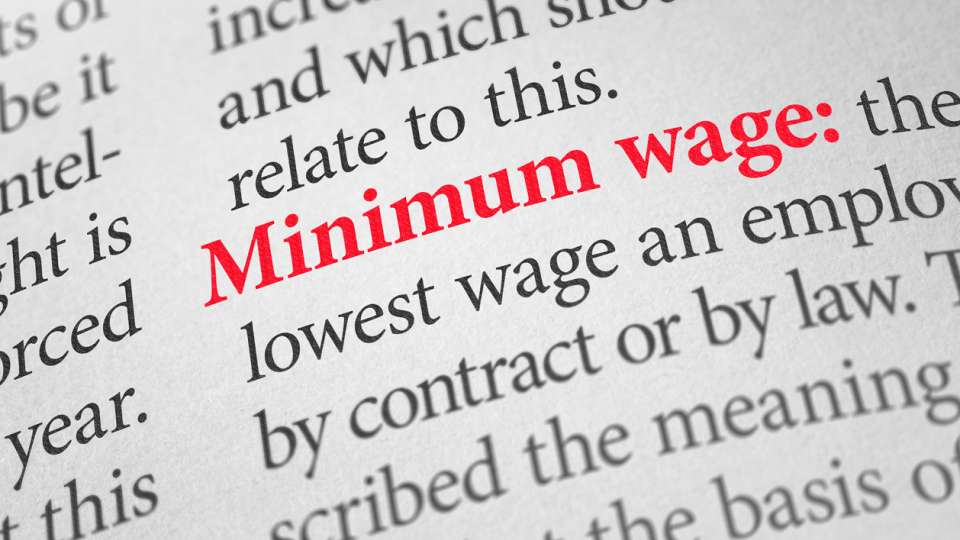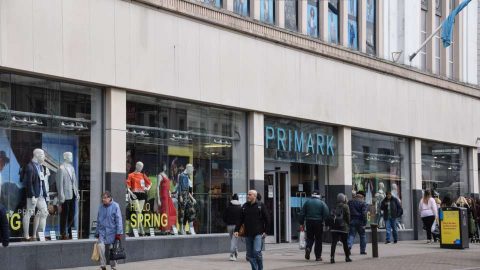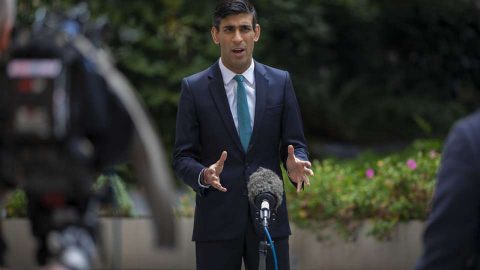National Minimum Wage rates remain a challenge during pandemic
The impact of COVID-19 continues to challenge the UK, not only as a society but also its economy and its employers. Whilst the subject and all its implications on the work of payroll dominates every minute of our working day, what has happened to all the ‘business as usual’ challenges?
Background
The National Living Wage (NLW) was introduced during the summer 2015 Budget (the year with two Budgets). The Chancellor of the day, George Osbourne, announced a new NLW of over £9 an hour by 2020, which at the time represented the prediction for 60% of median earnings.
The LPC was tasked with setting out how the 60% rate would be achieved by 2020 and from that point built in processes to their annual review that set and charted the necessary annual increases.
The NLW aspiration was set subject to rates being sustainable, taking into account economic growth and broader economic conditions. The NLW did build in a tolerance for some loss of employment, something that the LPC has always been tasked to protect when recommending National Minimum Wage (NMW) rates.
April 2020 saw the target of 60% median earnings being met with the NLW rate at a slightly less headline-grabbing rate of £8.72.
Calls were made to pause the increase due to the coronavirus outbreak, but the crisis came too late to postpone increases for pay periods that began on or after 1 April. Due to the complexities of pay deadlines, many payrolls would already have been processed with the increases before the pandemic hit the UK.
LPC new remit
But how will COVID-19 impact the rates for 2021?
The LPC 2020 annual review will consider this impact, as well as the impact of the UK leaving the EU may have had, as it sets out with a new remit, which aims to see the NLW achieve a rate that is two-thirds of median earnings.
NLW is currently payable to employees and workers aged 25 and above, but this age range is due to be extended to include 23 and 24 year olds from 2021, with a further extension to include 21 year olds by 2024.
NLW increases, whilst building in tolerance for loss of employment, do take account of broader economic conditions, which at this moment in time could result in a decrease in NLW rates, but there can be no argument that the economy is under severe pressure at the moment and is unlikely to recover by April 2021.
The challenge of the introduction of the National Living Wage
One of the key questions discussed since NLW was introduced is the impact the higher rate would have on pay differentials. 2017 research published by the LPC confirmed that its introduction had indeed had an impact, some of the key findings also included:
- A third of employers found NLW introduction in 2016 difficult
- A similar number reported the same for 2017 increase
- The April 2017 NLW uprating affected areas that were initially not impacted by the introduction: ie in year one, many employers had absorbed the increase through reduced profits, and where possible increased prices, but in the main they matched pay differentials
- 46% of respondents in 2017 narrowed or removed pay differentials, with over half citing NLW as a major factor. Of the remaining respondents, most cited NLW as a contributing factor
- Almost half of respondents reported that the differential between the main grade and supervisors had narrowed
- Reducing pay premia rates for overtime or unsocial hours were the most common change to the reward package
- After NLW was introduced many employers implemented productivity changes which included the reorganisation of roles and responsibilities, investment in staff with extra training and upskilling staff to maximise the benefits brought about by the increased pay rates
Employers now routinely review their salary sacrifice schemes to establish which employees will need to be taken out due to the increase to the minimum wage rates. This wasn’t caused by the introduction of the NLW but the numbers affected has increased.
LPC consultation 2020
This year’s consultation challenge for the LPC is attempting to deal with a normal process during abnormal conditions, however it looks to ask many of the same questions relating to:
- Rates – what should each of the NMW rates be from 2021?
- Accommodation offset – has the recent increase had an impact?
- Apprentices continue to not fare well in LPC research, with findings that report high levels of underpayment, which is thought to be caused by employers not paying accurately for training hours, for example, by paying a higher hourly rate but not including all training hours. This year’s review looks to drill down further in this area
- The current projected rate for the April 2021 NLW increase is £9.21 (give or take six pence) – do we think this affordable?
- Comment and views on compliance and the enforcement of NMW
As you might imagine many of these questions are going to be difficult to address given the current situation, nevertheless and in support of the CIPP written response, we have produced a survey to gather statistical evidence and views.
The survey is open to all, and I would encourage you to share your views as the LPC are facing what must be their most challenging research year since the minimum wage was introduced 21 years ago. The more views we have, the more accurate picture we can build – thank you.
The CIPP Policy and Research team will also be hosting a think tank roundtable for full, fellow and chartered members, this year it will be held virtually on 6 May.
On a final note
Interestingly and in recognition of the impact that the NLW rise would have on employers the Summer Budget of 2015 also introduced an increase to the employment allowance from £2,000 to £3,000 from April 2016, it is timely to remind ourselves of this, as this year saw an increase again, for eligible employers from £3,000 to £4,000.
NLW is not to be confused with the Real Living Wage whose rates are set in by the Living Wage Foundation and employers choose to adopt these rates and become accredited to this voluntary scheme.
The 2020/2021 rates remain consistent with those applied for the 2019/2020 year and so the latest increase to the NLW rate to £8.72 has seen a small decrease in the differential to the current Real Living Wage UK rate which is currently £9.30, with a London rate of £10.75.













